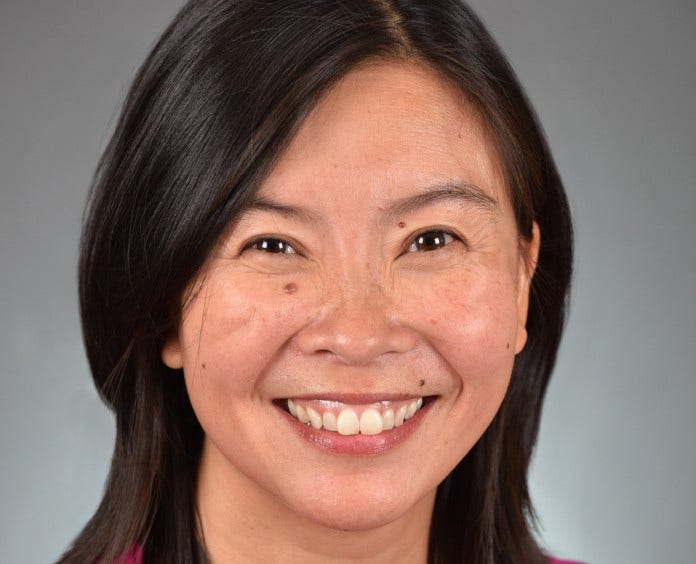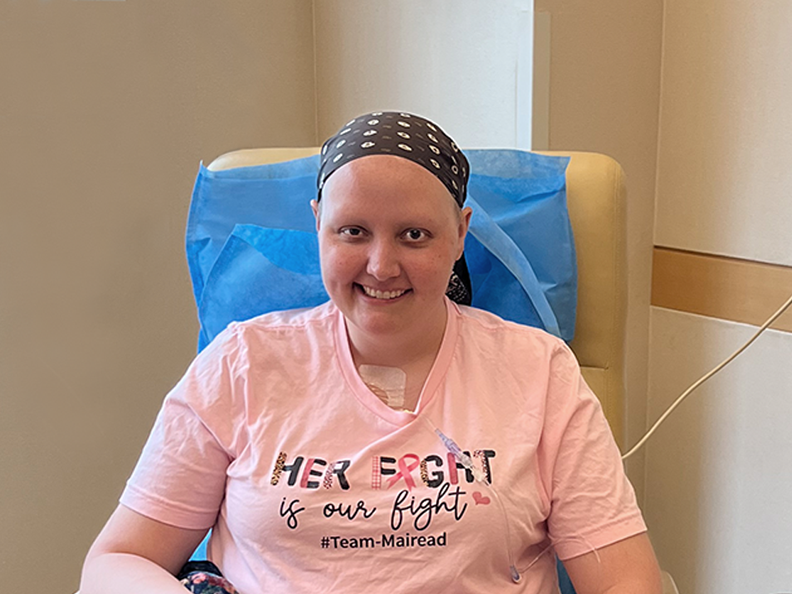Your gift is 100% tax deductible
New Screening Strategies May Help Women with Genetic Risks
Starting yearly MRIs 5 years before yearly mammography may reduce breast cancer death in women with ATM, CHEK2, and PALB2 pathogenic variants.
The Challenge
The 1994 discovery of the BRCA1 gene as a pathogenic variant (PV) for breast cancer, and the discovery of the BRCA2 PV the next year, launched genetic tests to check women for their susceptibility for breast cancer. These discoveries also helped launch the development of specific breast cancer screening and risk-reduction guidelines for women with BRCA1/2 and for their relatives.
More recently, a group of moderate- to high-risk PVs of breast cancer has been recognized. The most common are ATM, CHEK2, and PALB2. Each of these PVs increase risk of breast cancer by at least 2 times, and collectively they are identified in 2% to 3% of women with a diagnosis of breast cancer in approximately 1% of the population.
As multigene panel testing becomes more available and affordable, an increasing number of women are learning that they carry one of these PVs. The problem is that the best approach to breast cancer screening for these women has not been established.
Based on expert opinion and experience with MRI screening for women with BRCA1/2 PVs, the National Comprehensive Cancer Network (NCCN) recommends the consideration of yearly MRI plus mammography for women who carry the ATM or CHEK2 PV starting at age 40 and at age 30 for women who carry the for PALB2 PV carriers at age 30.
The challenge is that it’s not feasible to conduct clinical trials to compare multiple approaches with breast cancer screening for women with each PV. The large number of women needed for testing is prohibitive and so is enough time for follow-up tests.
The Research
The Cancer Intervention and Surveillance Modeling Network (CISNET) tackled this challenge by using a tact that has worked in the past—simulation modeling. In fact American Cancer Society (ACS) cancer screening guidelines, as well as those from the US Preventive Services Task force were both informed by CISNET simulation models.
In a recent study, the breast cancer working group from CISNET collaborated with the Cancer Risk Estimates Related to Susceptibility (CARRIERS) consortium and the Breast Cancer Surveillance Consortium (BCSC) to adapt 2 CISNET breast cancer simulation models for women with ATM, CHEK2, and PALB2. The goal was to estimate the benefits and harms of using both mammography and MRI to screen for breast cancer starting at different ages in these PV carriers. Current ACS grantee, Jennifer Yeh, PhD, was a co-author of the study. Co-authors also included several other previous ACS grantees, including Fergus J. Couch, PhD, Karla Kerlikowske, MD, Jeanne S. Mandelblatt, MD, MPH, Diana L. Miglioretti, PhD, and Natasha K. Stout, PhD.
This study is an example of how simulation modeling can shed important insight on breast cancer prevention by providing estimates of the benefits and harms associated with screening, particularly for the use of MRI to screen women with a higher risk for developing breast cancer due to ATM, CHEK2, and PALB2 variants.”
Jennifer Yeh, PhD
Boston Children's Hospital
American Cancer Society Research Grantee

The researchers studied yearly mammograms alone starting at age 40 and adding MRI starting earlier at ages 25, 30, 35, or 40 until age 74. They found that compared to no screening, yearly mammograms alone from ages 40 to 74 in women with an ATM, CHEK2, or PALB2 pathogenic variant reduced the risk of dying from breast cancer by 36% to 39%. Adding yearly MRIs to screen for breast cancer starting at age 30 or 35 was estimated to reduce the risk by 54% to 60%.
Why It Matters
This modelling analysis adds to growing research that supports the use of MRI for women with a high risk for developing breast cancer and shows important benefits from MRI with moderate risk due to genetic susceptibility. Women with all 3 PVs benefitted, but women with PALB2 PVs had the most benefit associated with MRI screening, with the most breast cancer deaths averted and greatest life expectancy gains for all strategies. “This larger benefit is expected, given the higher risk of breast cancer overall and for estrogen receptor-negative breast cancers with PALB2 PVs, which have a poorer prognosis,” the authors said.



